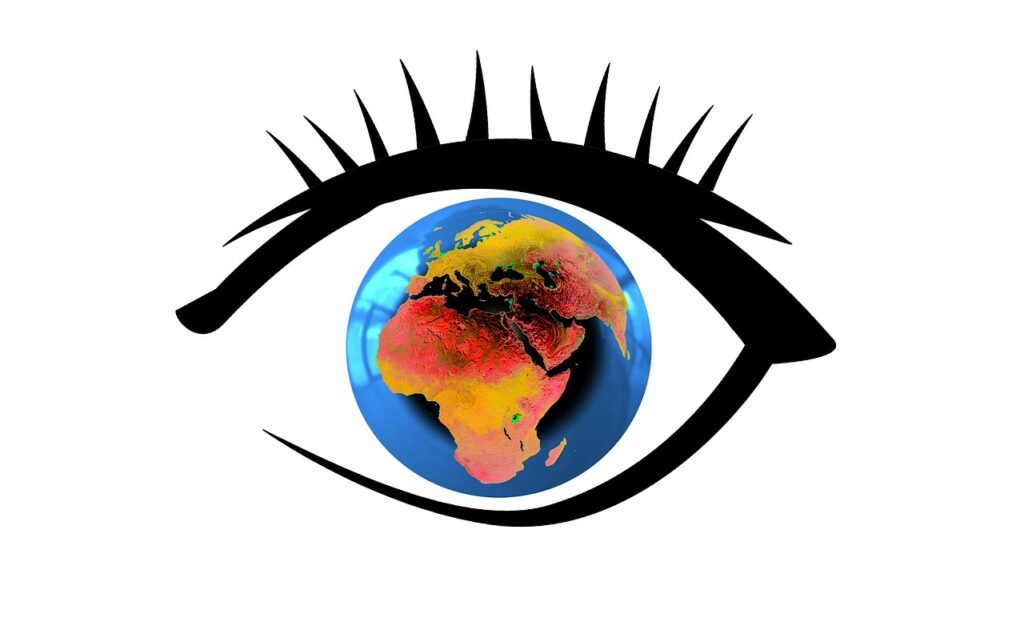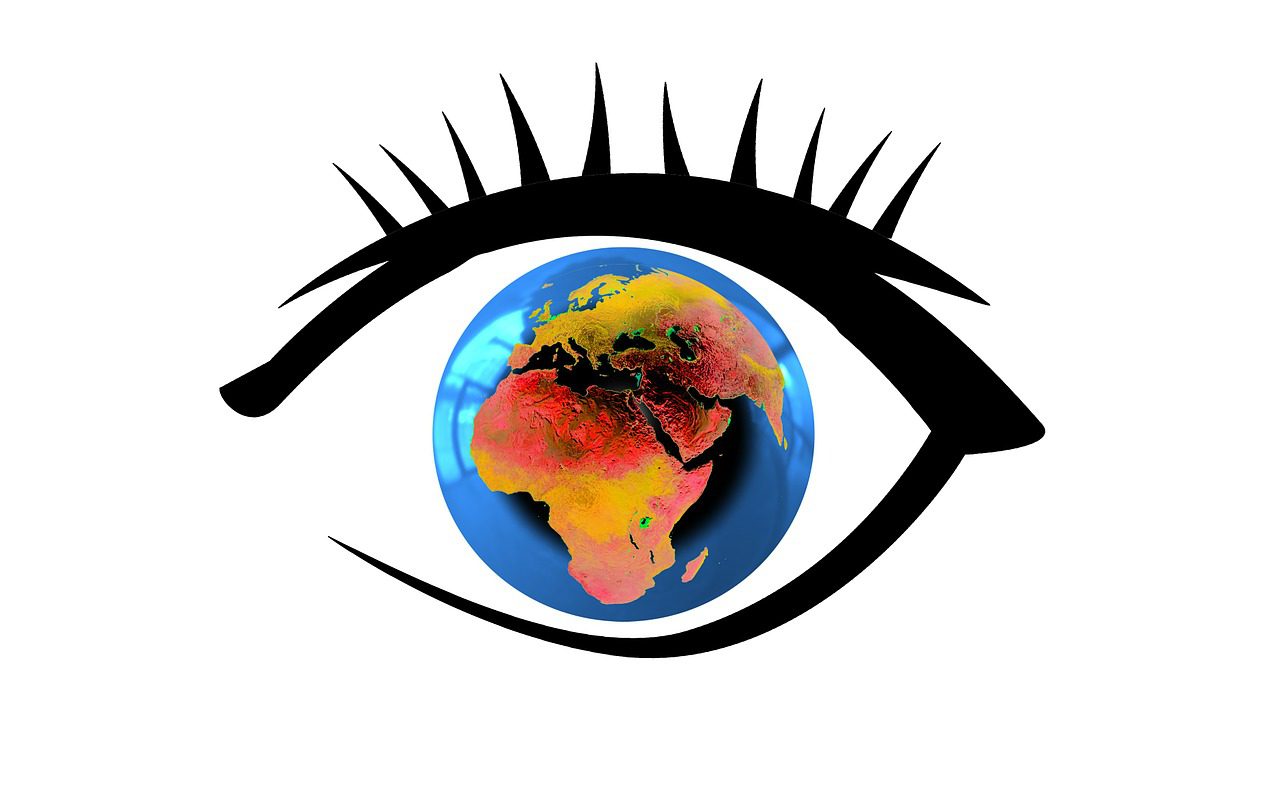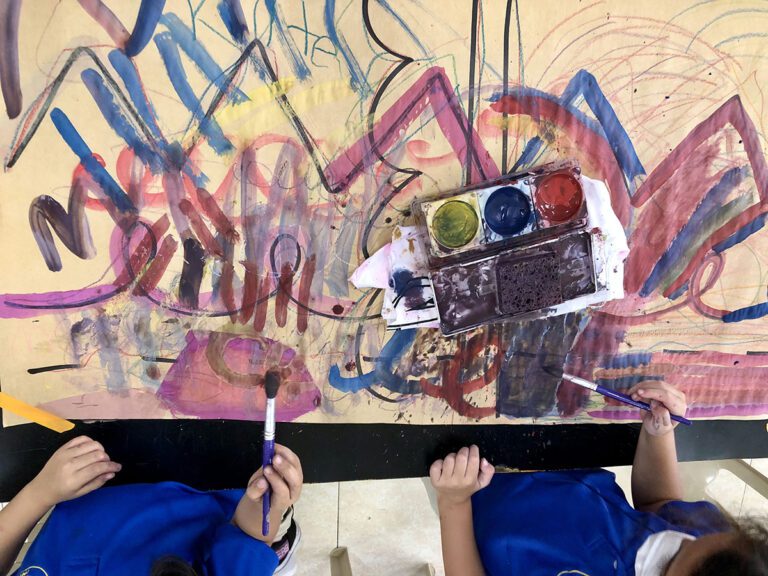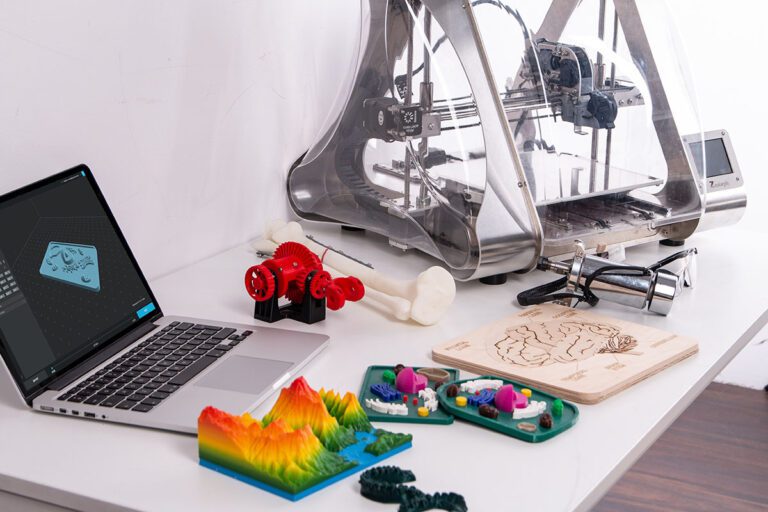Visual culture is any imagery that informs and shapes our perception of the world. But what exactly does that mean?
Georgetown University has put together a nice list of definitions. The first, from Eilean Hooper-Greenhill’s book, Museums and the Interpretation of Visual Culture defines visual culture as the way we engage in looking. She says, “Visual culture works towards a social theory of visuality, focusing on questions of what is made visible, who sees what, how seeing, knowing and power are interrelated. It examines the act of seeing as a product of the tensions between external images or objects, and internal thought processes.”
In other words, visual culture has to do with how we allow images to impact us.
Additionally, Chris Jenks, author of the book Visual Culture, is careful to point out, “What we see and the matter in which we see it is not simply natural ability. It is rather intimately linked with the ways that our society has, over time, arranged its forms of knowledge, its strategies of power and its systems of desire.” Put differently, seeing is perception.

So, why is visual culture important for my students, and how can I teach it?
We live in a world where the field of art is constructed and redefined as our culture progresses. Visual culture is a living art form that morphs before our eyes and has power over us. What could make teaching art more current and relevant than that?
Using visual culture is a perfect way to make art pertinent to all students. For example, you could discuss why global brands like Coca-Cola have such radically different advertising approaches in different countries and regions of the world. Encourage students to think critically about what they see and how it dictates or influences their behavior.
Try a lesson where students design ads for Coke with a specific country and market in mind. They would need to research their markets and find out what speaks to the people who live there. Then, they’d need to figure out how best to communicate visually with them.
What’s the difference between looking, seeing, and knowing?
It’s important to teach students to carefully look at and unpack the ideas presented in images. Practicing this skill will make them more discerning visual consumers. Really seeing takes practice, though. In Visual Culture, Jenks cautions, “…looking, seeing, and knowing have become perilously intertwined.” It’s easy to make assumptions that are not true based solely on a visual interpretation.
To teach students to truly see, try an activity challenging them to think about the differences between looking, seeing, and knowing.
Here’s one idea:
- Use a photo like the one below.

image via kurioso - Ask students to look at it and tell you what they see.
- Explain there are many things they can guess, but little they can know for sure.
- Tell students what the photo is of: an American relief plane delivering food to starving citizens of West Berlin in 1948.
There is no way to know it was taken in Berlin. No way to know for sure if the children are waving hello or goodbye, excited or scared.
Having students separate what they see and what they know builds critical twenty-first-century skills.
How can visual culture build skills for the future?
Many of the careers for which we are preparing our students don’t exist yet. However, we can predict that visual culture may play an important role. Not every student will be adept at drawing or love painting, but many express an interest in brands, advertisements, video games, fashion, logos, and more. Adding elements of visual culture into your curriculum not only keeps it fresh but allows students to see other possible career paths in the arts.
In addition, art is a discipline that has the power to teach you about yourself. Malcolm Barnard, author of Art, Design and Visual Culture, notes that visual culture, “…is one of the ways in which a society is produced.” He goes on to say it is, “…one of the means by which social order, the hierarchy of different groups, practices, beliefs and so on, is challenged and contested.” This is a powerful assertion. We do not want our students to be passive about their place in the world. The study of visual culture can prepare them to be engaged citizens who play active roles in shaping the world. That’s good practice for the future.
Teaching visual culture is not separate from what we do. Rather it is integral. Most lessons could be easily connected to visual culture with only a small tweak. All you need to do is stop and look carefully. Then ask yourself, “What do I see? What do I know?”
Do you address visual culture in your curriculum?
What are some of your most successful visual culture lessons?
Magazine articles and podcasts are opinions of professional education contributors and do not necessarily represent the position of the Art of Education University (AOEU) or its academic offerings. Contributors use terms in the way they are most often talked about in the scope of their educational experiences.






